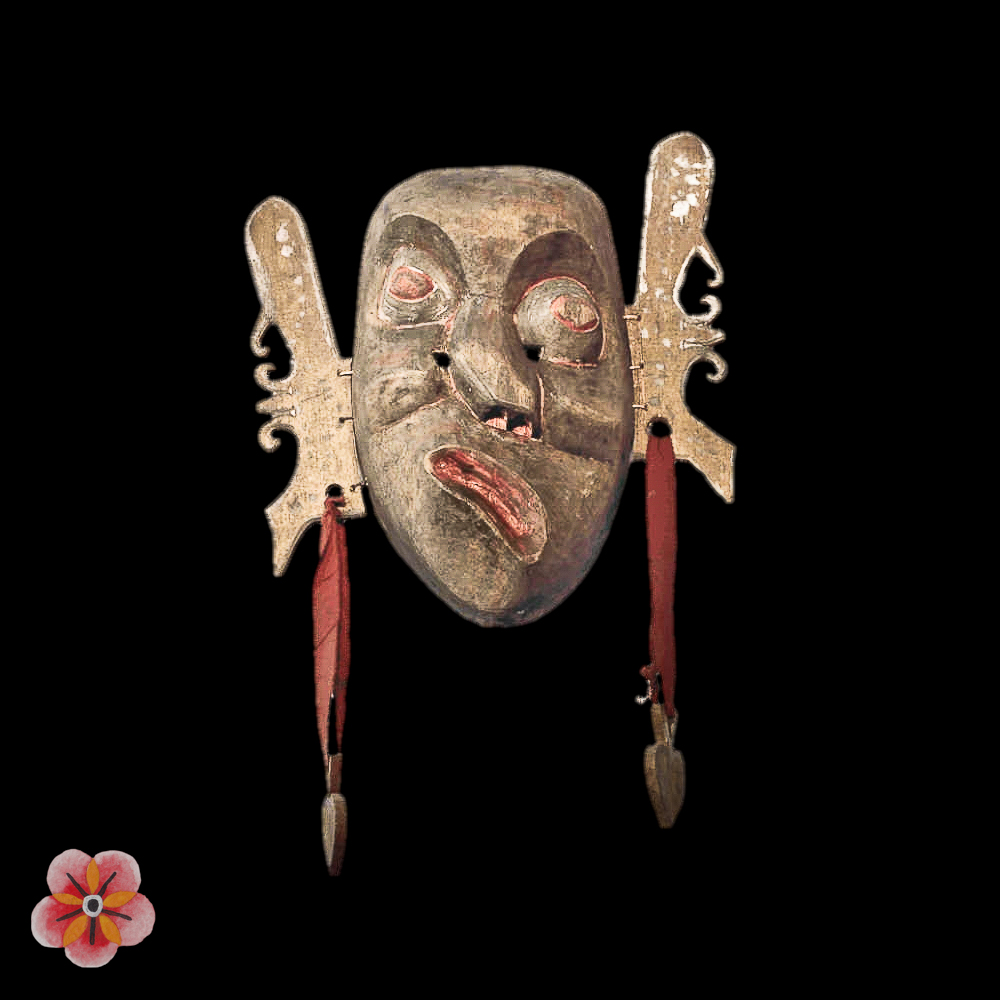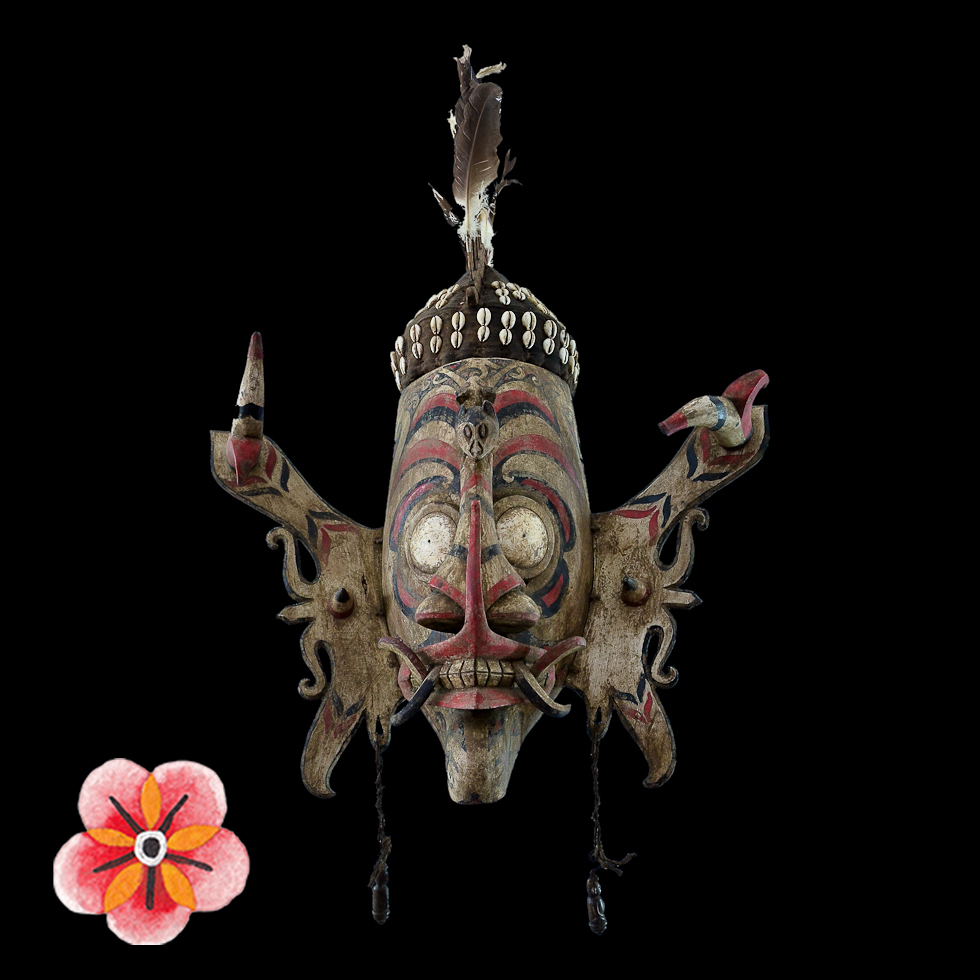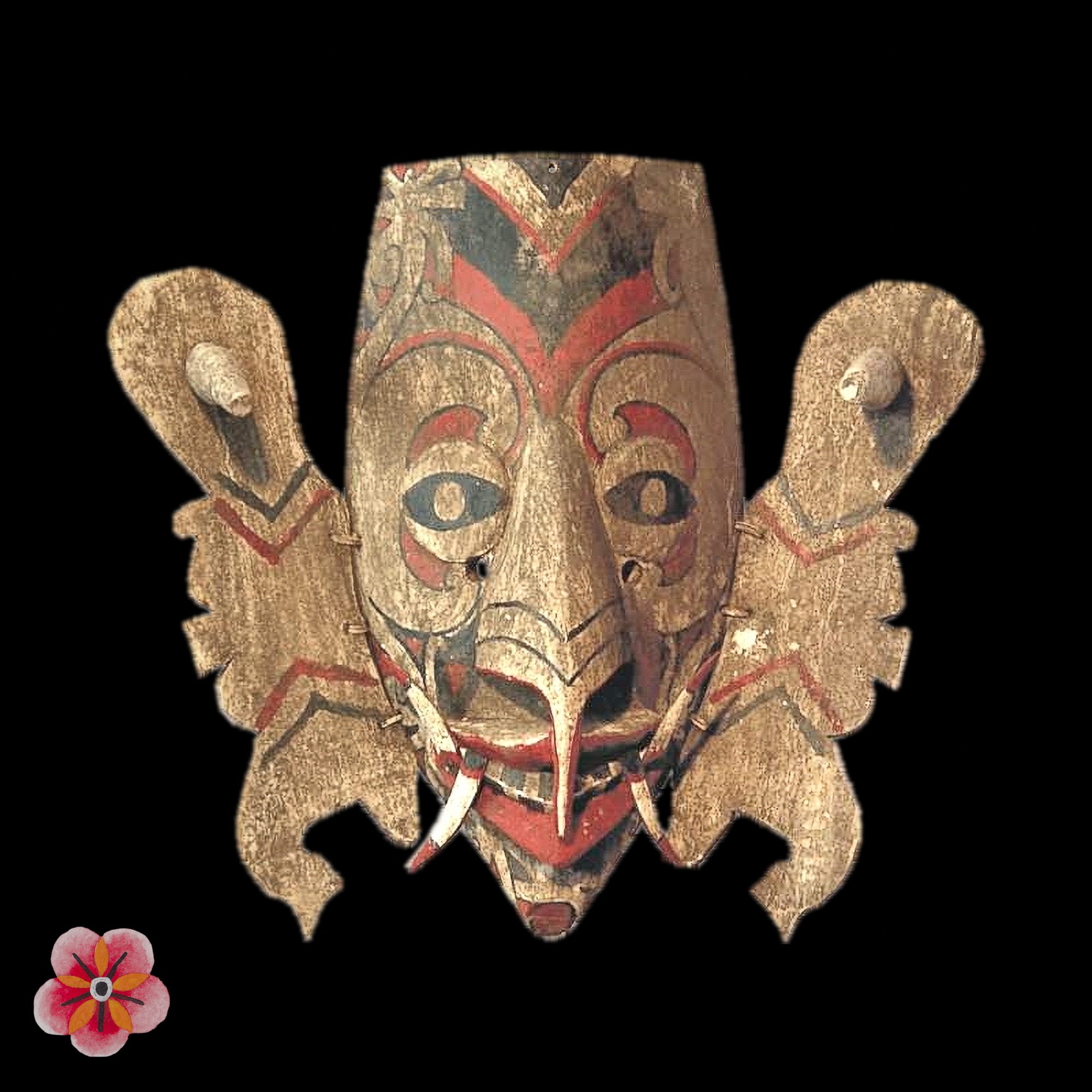Baby Carriers: Treasured Heirlooms of Borneo
📺 Welcome to our Video Podcast! 🎙️ Turn on the sound for the full experience!
In the vibrant cultural landscape of Borneo, baby carriers hold profound significance as important family possessions and cherished heirlooms.
These baby carriers, crafted with meticulous attention to detail and precious materials, serve multiple functions while transporting newborns.
With the baby securely fastened on the mother's back, these carriers accompany the child throughout the first two years of their life.

The baby carrier features a wooden base upon which the child sits, leaning against the textile-covered backrest.
The shoulder strap ensures a tight and secure fit, keeping the child snugly nestled between the carrier and the mother's back.
This practical design allows the mother to carry out daily activities while keeping the child close, fostering a bond of warmth and nurturing.
Beyond their functional role, baby carriers in Borneo also hold social significance, particularly in societies characterized by hierarchical divisions, such as aristocracy, middle class, and slaves.
The carriers serve as indicators of social status, with distinctive anthropomorphic motifs of divinity adorning them.
The use of rare blue and yellow beads, bronze bells, and animal teeth as decorative elements further accentuates the carriers of the upper class.
By introducing the newborn into society through the carrier's ornate embellishments, these motifs and materials become symbols of prestige and serve as a visual testament to the family's standing.
However, the decorative motifs and precious materials on the back of the baby carriers serve more than just a status indicator.
They also hold a vital protective function, ensuring the safety and well-being of the child and, by extension, the family's lineage.
The same motifs and materials that adorn the carriers act as guardians, safeguarding the child from harm and reinforcing the bond between the child and their ancestral heritage.
Emphasizing the importance of protection, baby carriers are often used across generations within a family.
Passed down from one child to the next, these carriers become treasured heirlooms, valued for their historical and sentimental significance.
Even as they age and become too worn for practical use, they retain their esteemed place within the family's legacy, held in the highest regard as precious relics of the past.
In the tapestry of Borneo's cultural heritage, baby carriers stand as symbols of love, protection, and social identity.
They encapsulate the profound connections between generations, the power of tradition, and the artistry of indigenous craftsmanship.
As you explore the world of Bornean baby carriers, marvel at their intricate beauty and reflect on the deep-rooted cultural values they represent.























